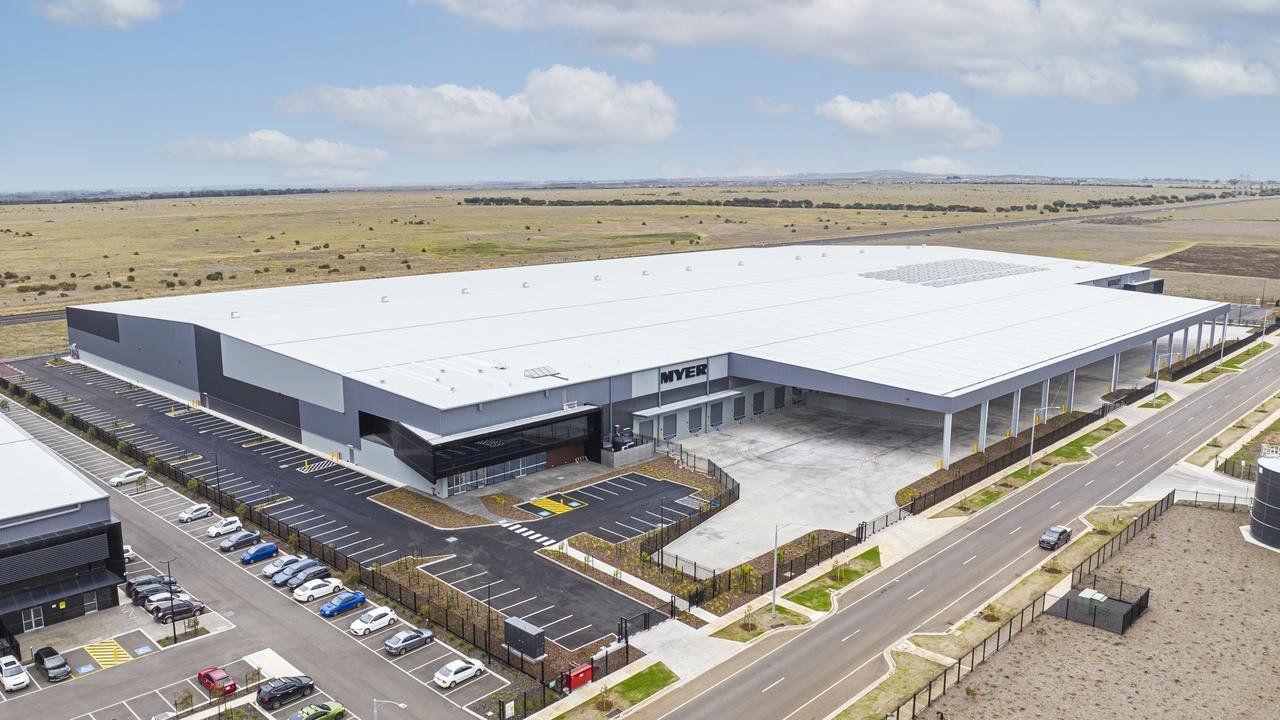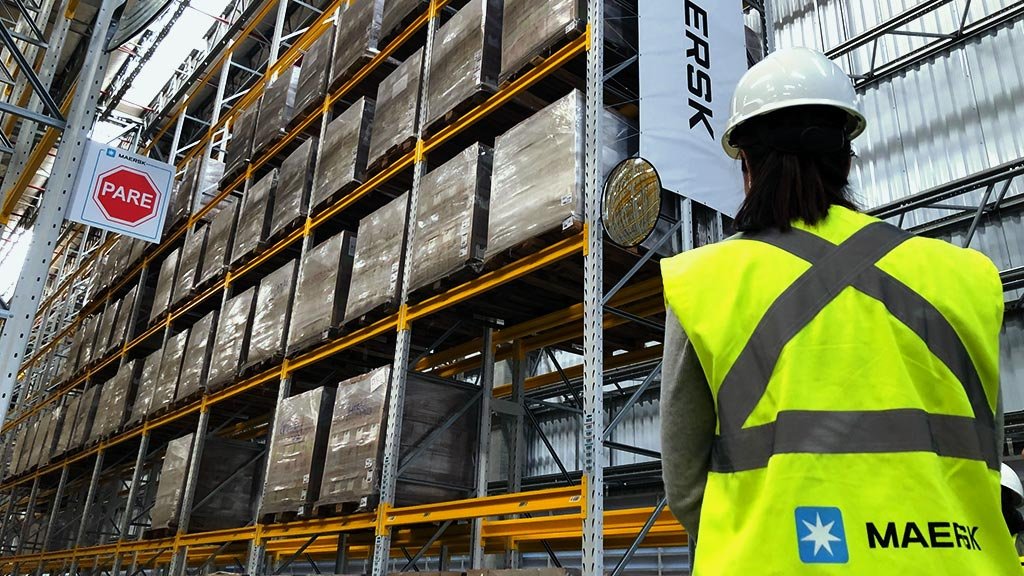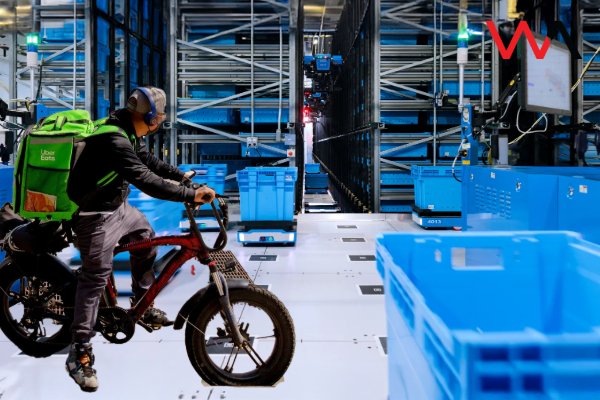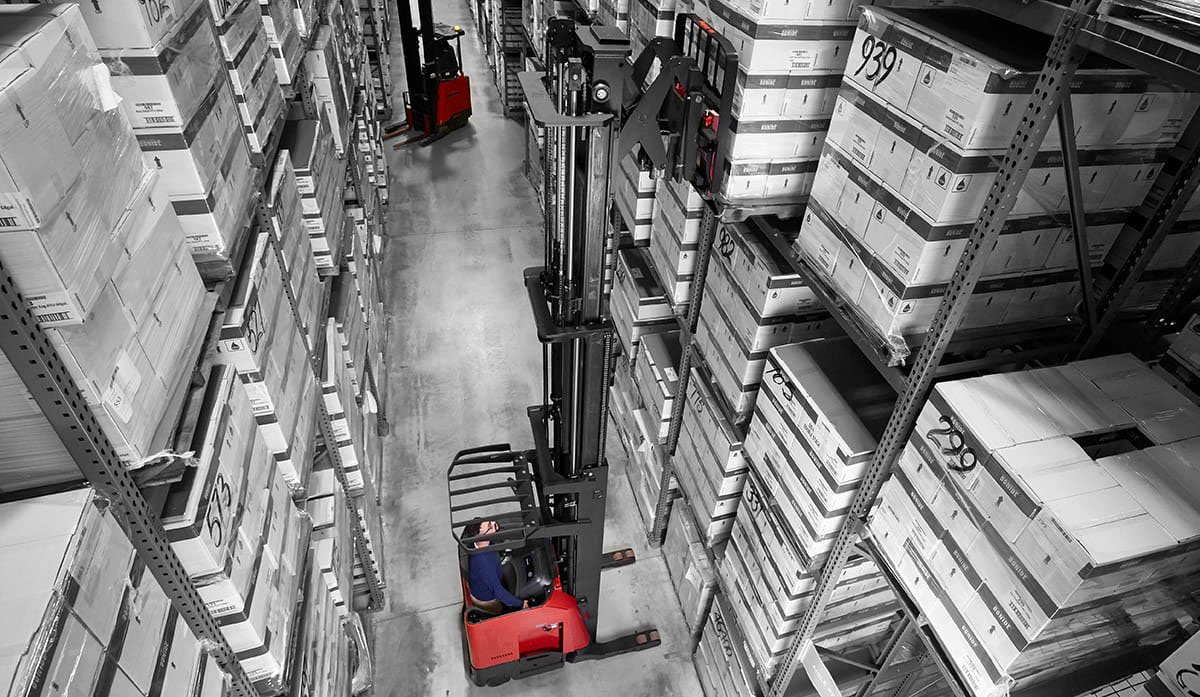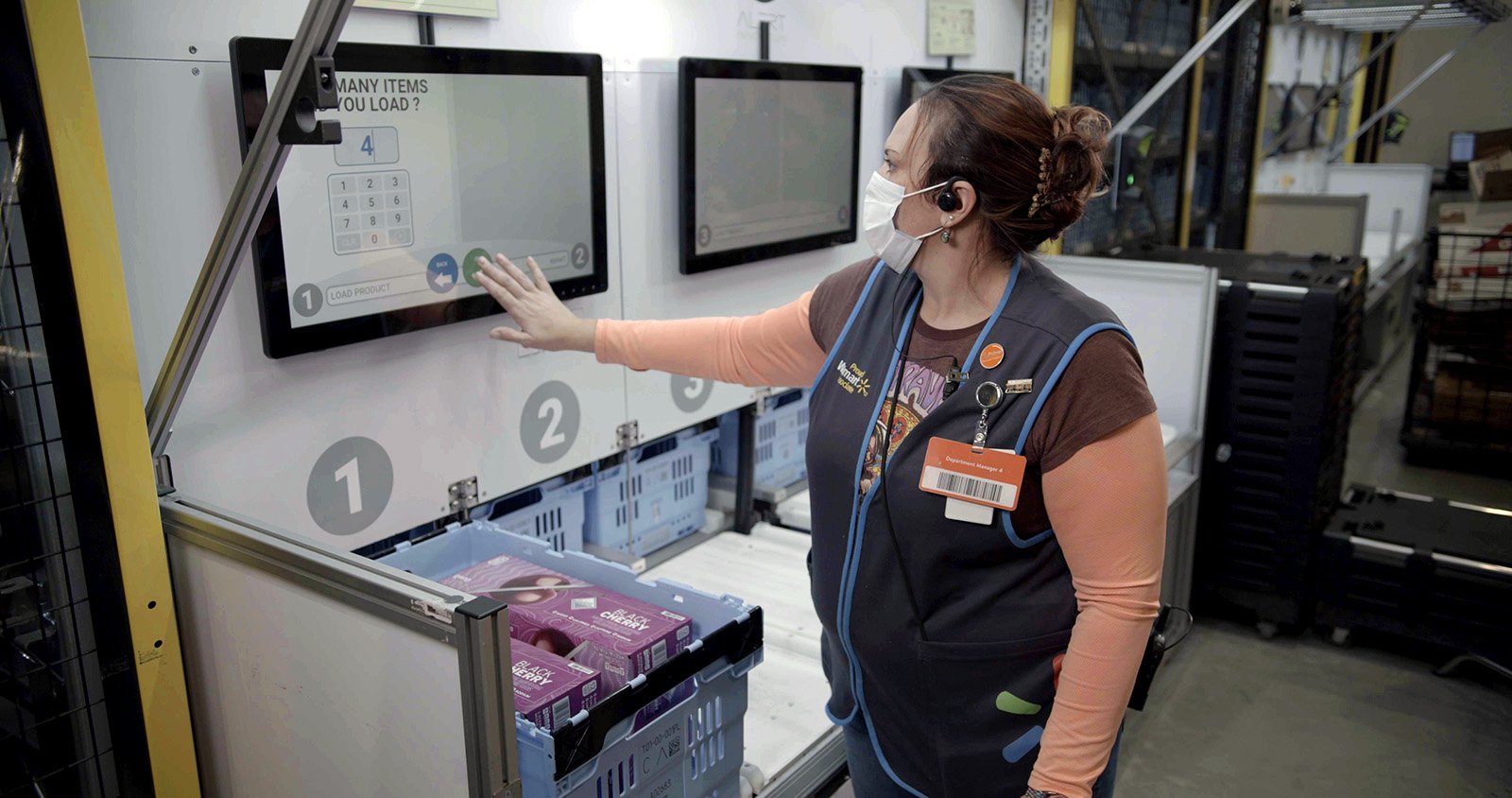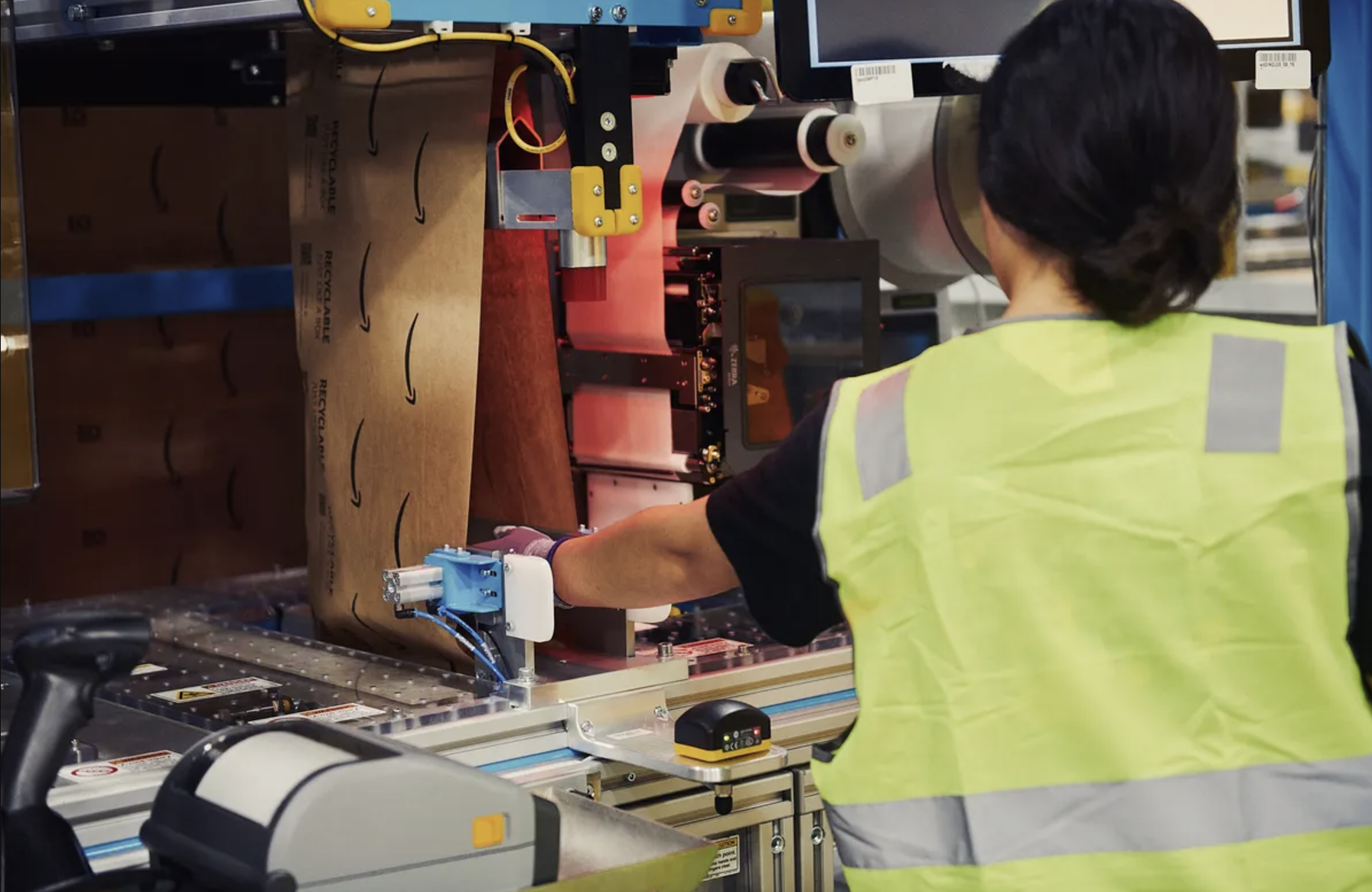Amazon's Network Revamp Signals End of Logistics Pullback
Amazon Is Reviving Its Logistics Expansion and Reshaping Its U.S. Distribution
Amazon’s post pandemic pullback in logistics expansion is over as the company turns competition for consumer spending into a battle over real estate.
The e-commerce market leader is buying up industrial property and restructuring its sprawling distribution network as it looks to speed up package delivery and cut shipping costs. The changes are aimed at setting up Amazon to better compete with the nation’s largest retailer, Walmart, and low-price online upstarts Shein and Temu.
The country’s largest e-commerce retailer is leasing more warehouse space in a bid to speed up deliveries, respond to growing competition.
The company is focusing on acquiring industrial property and restructuring its distribution network to enhance package delivery speed and reduce shipping costs, the Wall Street Journal (WSJ) reported Wednesday (May 22).
Amazon has leased, bought or announced plans for over 16 million square feet of new warehouse space in the U.S. this year alone, according to the report. This expansion adds to the company’s existing footprint of approximately 413 million square feet of industrial real estate across North America.
The company has also overhauled its domestic shipping network, shifting from a highly centralized network to nine regions that are designed to operate independently, the report said. This strategy aims to place goods closer to consumers, enabling faster delivery times and lower costs. In the fourth quarter of 2023, Amazon reported a more than 65% increase in orders delivered on the same day or the next day in the U.S. compared to the previous year.
To support this new approach, Amazon is requiring itself and third-party merchants on its platform to hold inventory across multiple locations rather than in a few centralized places, per the report. The company has been opening inbound receiving centers, which are large warehouses spanning from 600,000 to over 1 million square feet, to store goods across the country. Additionally, Amazon has been leasing smaller warehouses in rural areas to serve as delivery stations, minimizing final-mile transportation costs.
This expansion and restructuring effort by Amazon is partly in response to Walmart’s utilization of its vast network of over 4,600 stores in the U.S. to fulfill online orders, according to the report. Walmart claims to have stores within 10 miles of 90% of American consumers.
Amazon’s logistics expansion is also driven by the competitive pressure from discounting upstarts Shein and Temu, the report said. These online sellers have gained popularity among U.S. shoppers due to their low prices on apparel, home goods and other low-value products. However, their shipping times can often extend beyond a week.
By reviving its logistics expansion and reshaping its U.S. distribution, Amazon aims to solidify its position as the leader in fast and efficient package delivery.





